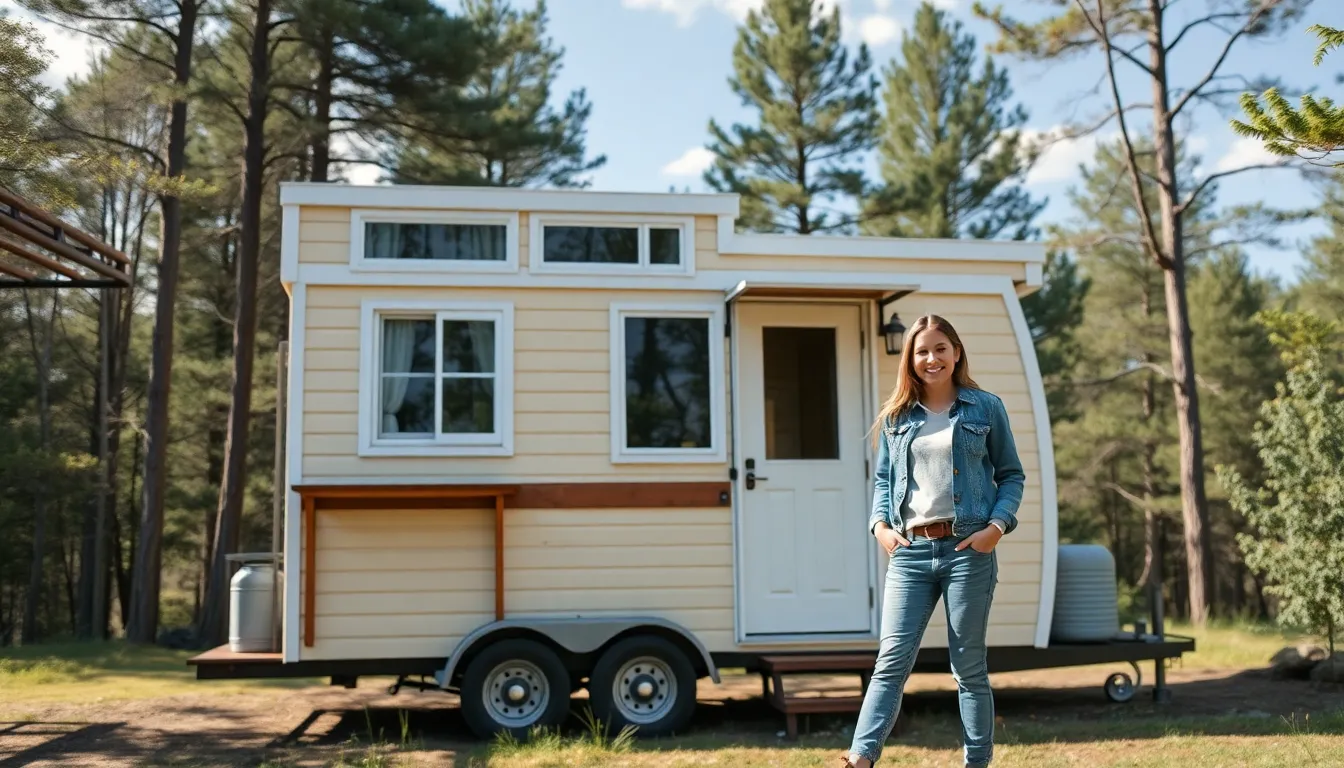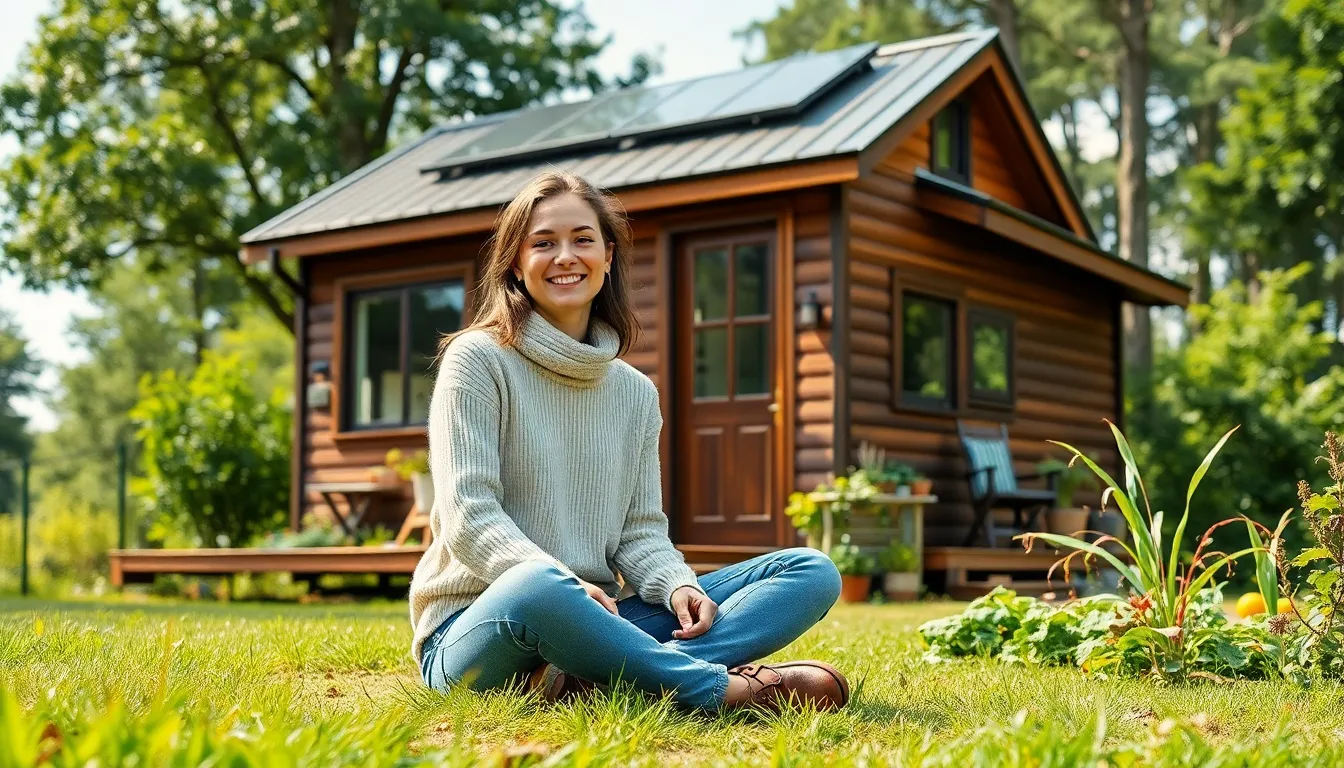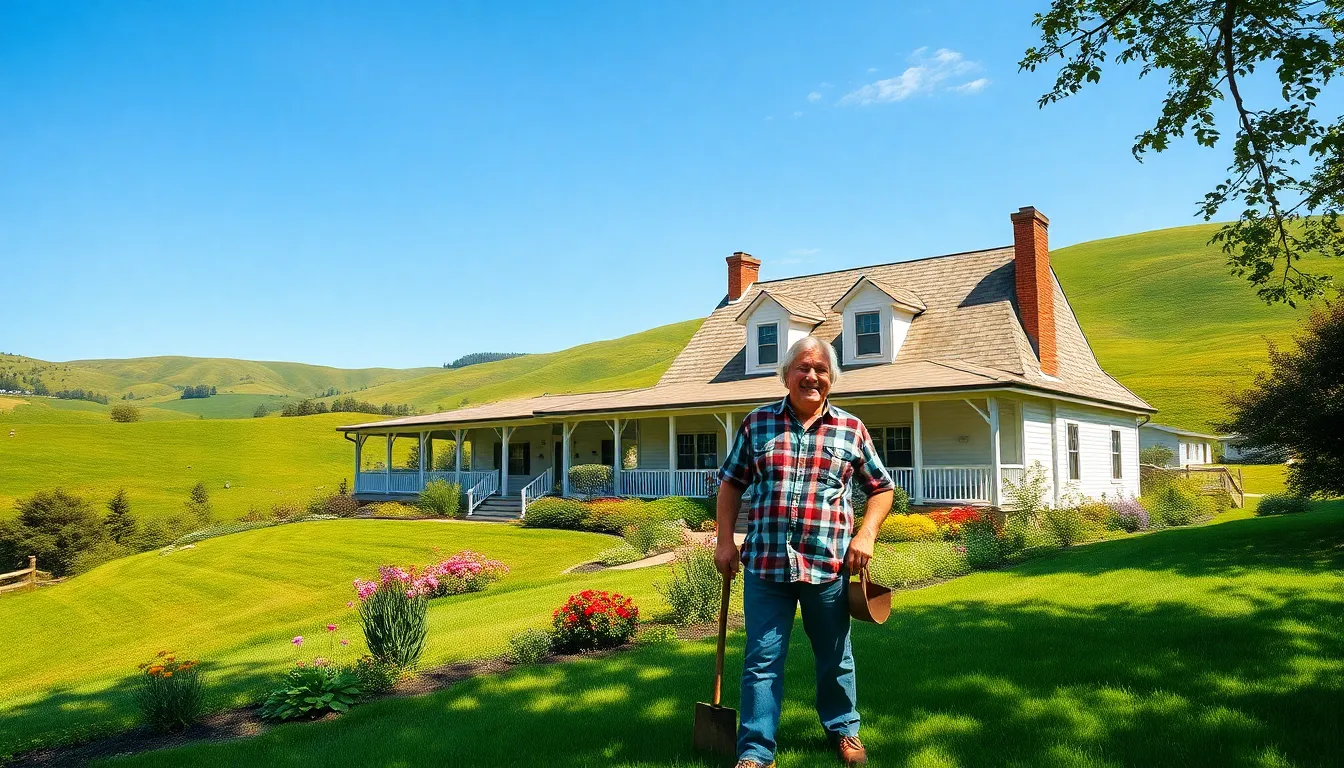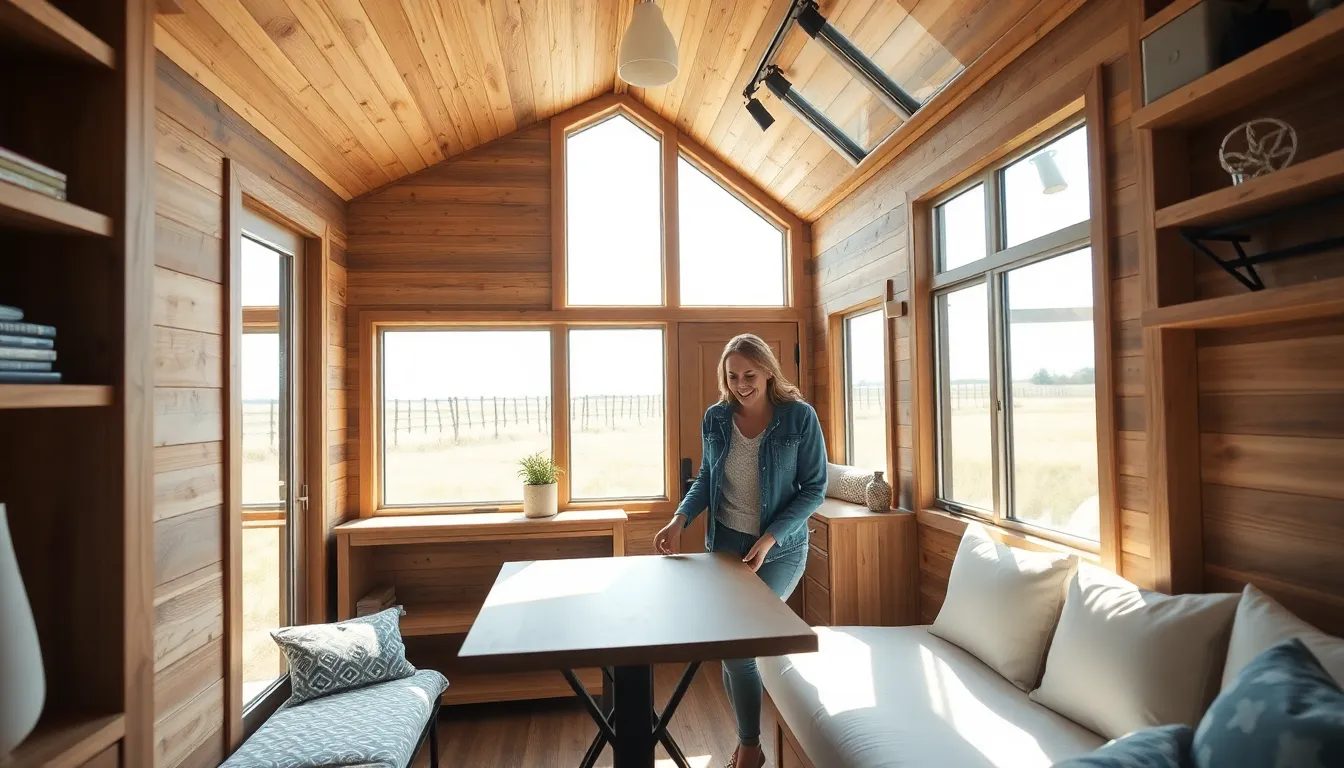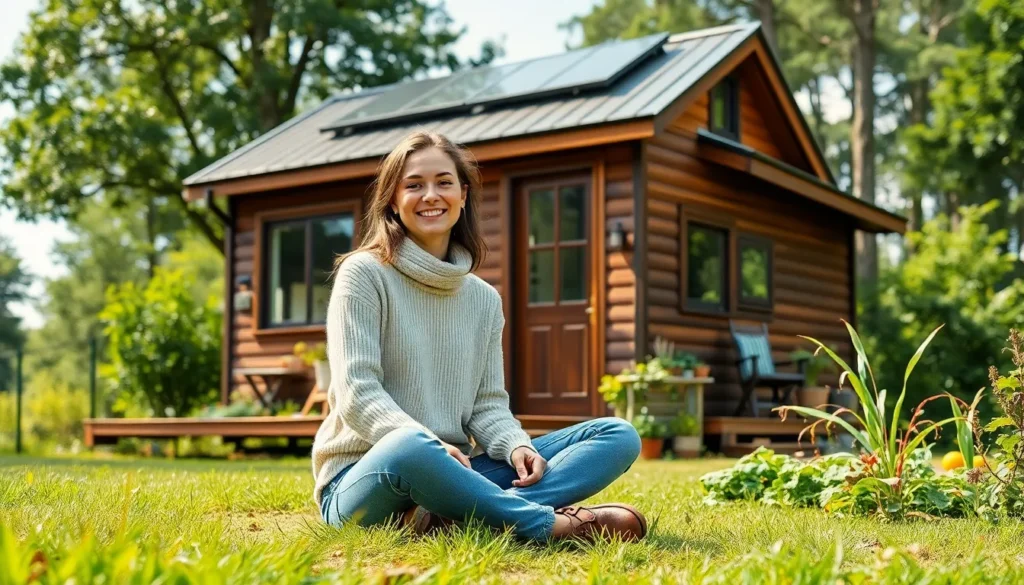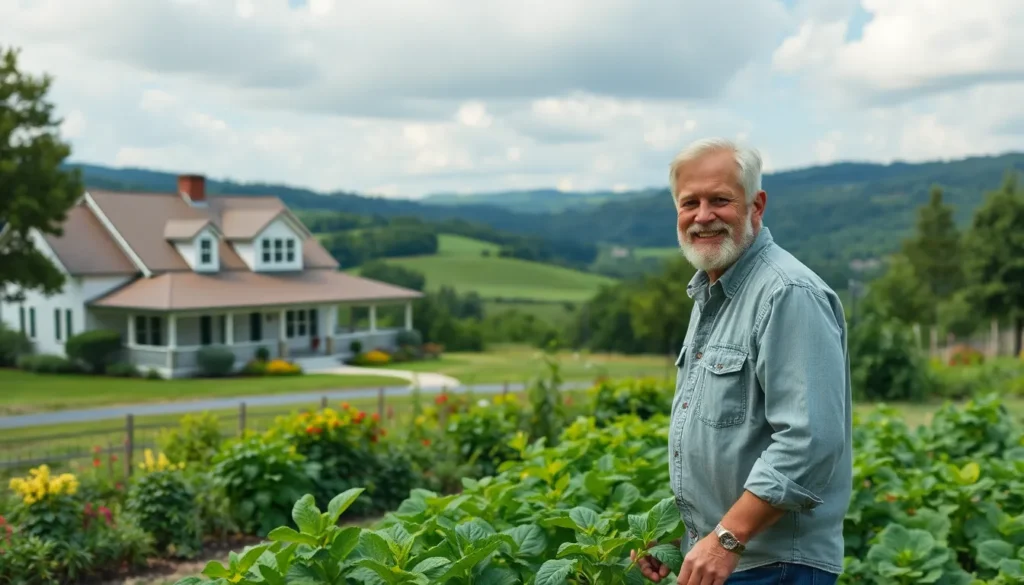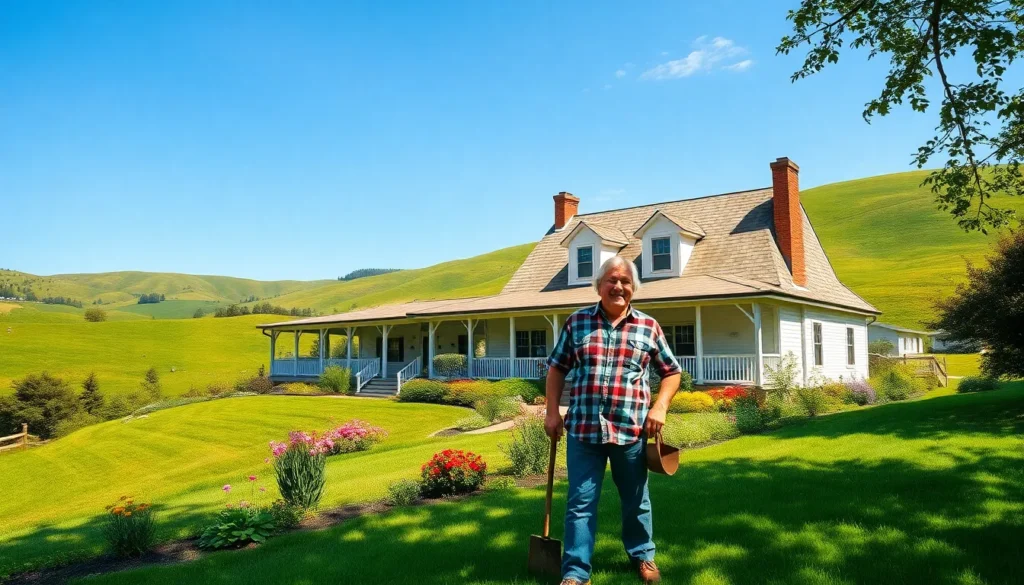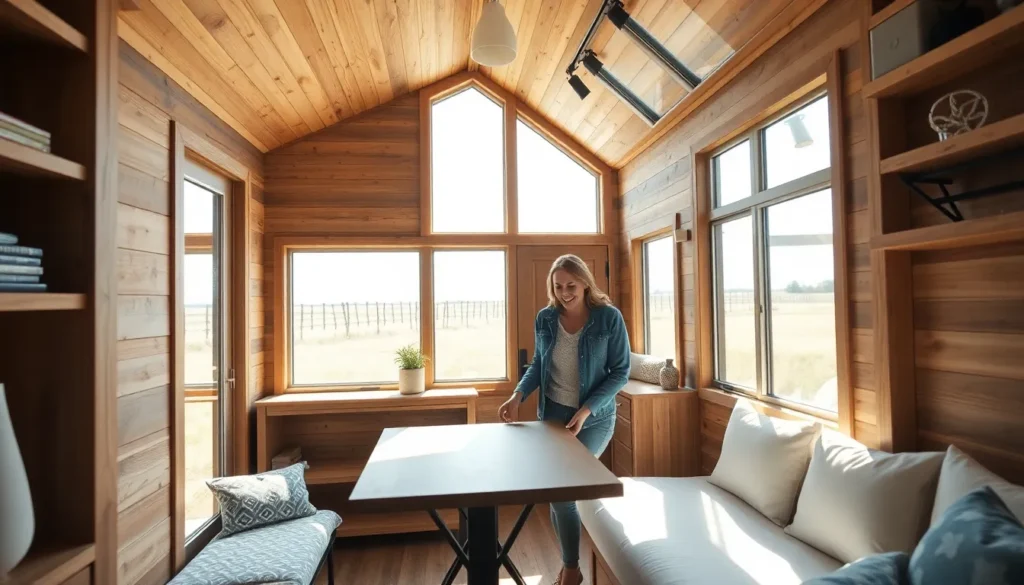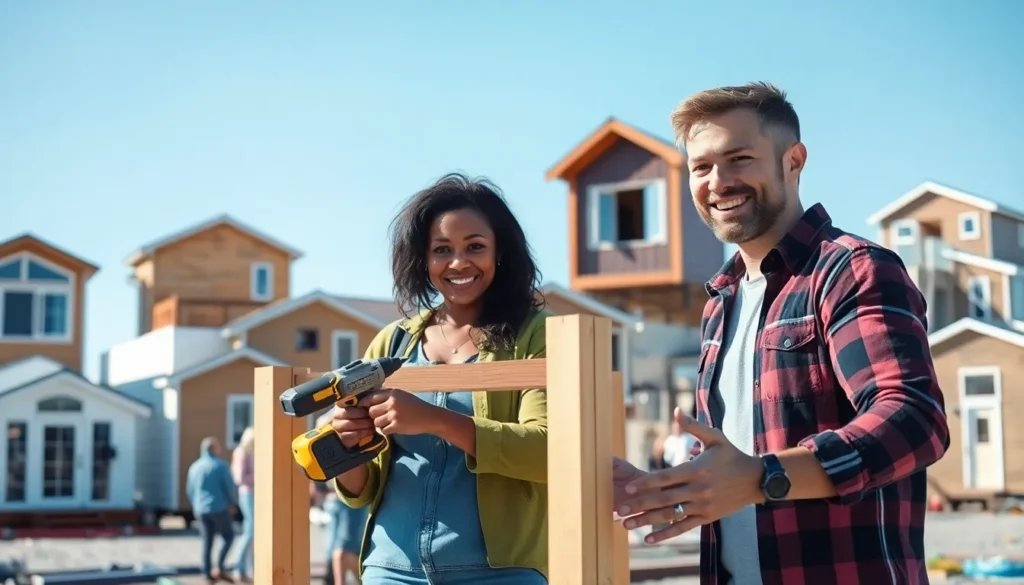The tiny home on wheels movement is gaining momentum as more people seek flexible living solutions without sacrificing comfort. These compact homes offer a unique blend of mobility and sustainability, allowing individuals to embrace a minimalist lifestyle while exploring new horizons. With the ability to park in diverse locations, tiny homes on wheels cater to those craving adventure and a deeper connection with nature.
As urban areas become increasingly crowded and housing costs soar, tiny homes provide an innovative alternative. They challenge traditional notions of homeownership and encourage a simpler way of living. Whether it’s a cozy retreat by the beach or a serene spot in the mountains, tiny homes on wheels offer endless possibilities for those ready to downsize and live life on their own terms.
Table of Contents
ToggleOverview of Tiny Home on Wheels
Tiny homes on wheels offer a unique blend of mobility and minimalist living. This approach caters to those desiring freedom and flexibility in their lifestyle choices.
Definition and Concept
A tiny home on wheels is a compact dwelling typically measuring between 100 to 400 square feet, built on a trailer. These homes feature essential living spaces, including a kitchen, bathroom, and sleeping area. They prioritize efficient use of space, often incorporating multifunctional furniture and innovative storage solutions. The primary concept revolves around simplified living, environmental sustainability, and the ability to relocate easily.
Popularity and Trends
The interest in tiny homes on wheels has surged over the past decade. Many individuals and families are drawn to the financial benefits, such as lower mortgage payments and reduced utility costs. Moreover, tiny homes promote a sustainable lifestyle, often utilizing eco-friendly materials and renewable energy sources.
Current trends include a rise in DIY builders and custom designs, allowing people to tailor their homes to their preferences. Tiny home communities are also gaining traction, fostering a sense of belonging among residents. Accessibility to mobile living is driving more people to consider tiny homes on wheels as a viable long-term housing option.
Benefits of Tiny Home on Wheels
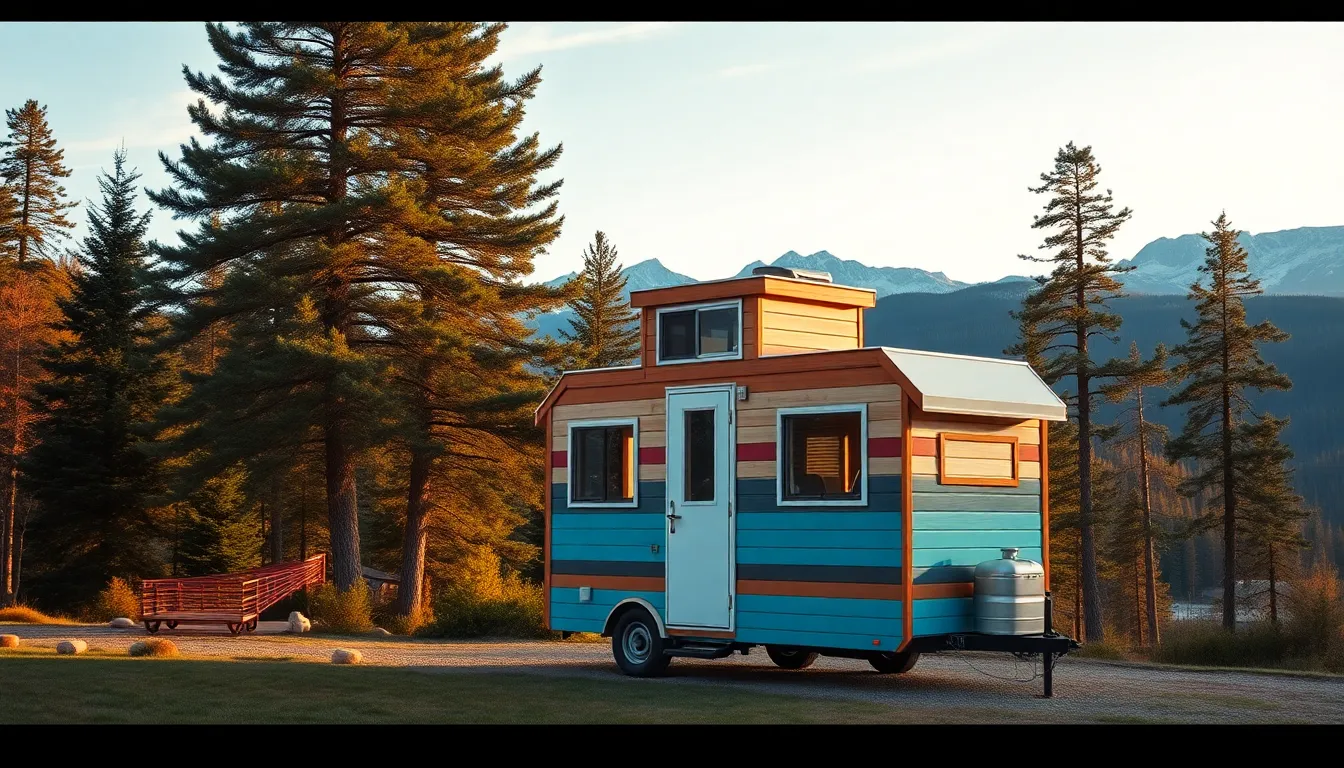
Tiny homes on wheels present numerous advantages that cater to those seeking affordable and flexible living solutions. These compact dwellings epitomize a lifestyle focused on minimalism and mobility.
Affordability
Affordability stands out as one of the primary benefits of tiny homes on wheels. Homeowners incur significantly lower expenses compared to traditional houses. Average cost for a tiny home on wheels ranges from $20,000 to $60,000, whereas typical homes often exceed $300,000. Additionally, reduced mortgage payments and minimal utility costs further enhance financial sustainability. Tiny homes encourage responsible spending and efficient resource allocation.
Mobility and Flexibility
Mobility and flexibility are pivotal advantages of tiny homes on wheels. Owners can relocate their homes as desired, allowing for unique living experiences and exposure to diverse environments. Many tiny home owners travel frequently, connecting with nature and new communities. This mobility not only fosters adventure but also enables homeowners to adapt to job opportunities, personal relationships, or changing life circumstances seamlessly. Tiny homes on wheels embody a lifestyle that emphasizes freedom and adaptability.
Challenges of Living in a Tiny Home on Wheels
Living in a tiny home on wheels presents unique challenges that potential owners should consider. These challenges impact daily life, influencing decision-making and lifestyle choices.
Space Constraints
Space constraints in tiny homes limit storage, privacy, and functionality. With square footage often between 100 to 400 square feet, residents face difficulties in organizing belongings. Minimalist lifestyles are essential, requiring individuals to prioritize what possessions to keep. Additionally, multitasking furniture becomes crucial, as it allows for the functionality of different living areas within the compact space. Smaller kitchens may lack work surfaces and storage options, complicating meal preparation. Limited bathrooms can also challenge residents, particularly in maintaining personal space and cleanliness.
Zoning and Legal Considerations
Zoning and legal considerations pose significant hurdles for tiny home owners. Many areas have restrictive zoning laws that don’t permit tiny homes as permanent structures. Finding legal parking or resting locations often proves challenging, as many municipalities lack designated spaces for tiny homes on wheels. Compliance with building codes and standards can complicate the construction process, particularly for DIY builders. Researching local regulations before purchasing or building a tiny home ensures adherence to zoning laws and helps prevent legal issues that could arise later.
Design and Customization Options
Design and customization play a crucial role in tiny homes on wheels, allowing owners to tailor their living spaces to meet specific needs and preferences. These options enhance functionality and create a personalized environment.
Interior Layout Ideas
Interior layout possibilities offer multiple configurations for maximizing space efficiency.
- Open Concept: Incorporate an open plan that merges living and dining areas, optimizing natural light and promoting a sense of spaciousness.
- Lofted Sleeping Areas: Utilize vertical space by adding lofted beds, freeing up floor space for additional living amenities.
- Multi-Functional Furniture: Select furniture that serves multiple purposes, such as sofa beds and fold-down tables, to maximize utility in limited square footage.
- Sliding Walls or Partitions: Install sliding walls to create flexible boundaries, allowing room adjustments based on activities and privacy needs.
- Built-In Storage Solutions: Design custom cabinets and shelves that blend into the architecture, providing necessary storage without overwhelming the space.
Sustainable Materials and Features
Sustainable materials and features are integral to the tiny home movement, aligning with the ethos of minimalist living.
- Recycled Materials: Utilize reclaimed wood, recycled metal, and eco-friendly insulation to reduce the environmental impact during construction.
- Energy-Efficient Appliances: Opt for Energy Star-rated appliances that consume less energy and water, contributing to lower utility costs.
- Solar Panels: Consider installing solar panels for a renewable energy source, promoting independence from traditional power grids.
- Rainwater Harvesting Systems: Incorporate systems to collect and utilize rainwater for various needs, reducing reliance on municipal water sources.
- Natural Finishes: Use low-VOC paints and finishes to enhance indoor air quality, creating a healthier living environment.
These design and customization options strengthen the appeal of tiny homes on wheels, making them not only livable but also environmentally conscious.
Tips for Transitioning to Tiny Living
Transitioning to tiny living requires thoughtful planning and consideration. Embracing minimalism often leads to a more fulfilling lifestyle, but it involves key adjustments.
Downsizing Essentials
Downsizing starts with evaluating possessions. Individuals should categorize belongings into three groups: keep, donate, and discard. By focusing on essential items, residents create a functional and comfortable living space.
- Keep: Important documents, sentimental items, essential tools, and multifunctional furniture.
- Donate: Clothing, appliances, and furniture in good condition, benefiting others while reducing clutter.
- Discard: Broken items, duplicates, or anything not used in the past year.
Implementing a sorting timeline simplifies the process. Setting a specific date for downsizing tasks keeps efforts on track and builds motivation.
Finding the Right Community
Choosing a community for a tiny home on wheels enhances the tiny living experience. Individuals should consider several factors when selecting the right environment.
- Zoning Laws: Research local regulations on tiny homes to ensure compliance with legal standards. Some areas may mandate specific zones for tiny homes.
- Amenities: Look for communities that offer essential services, such as water, electricity, and waste disposal. Access to shared facilities can enrich the living experience.
- Lifestyle: Connect with like-minded individuals who share similar values. Communities that promote sustainability and minimalism can foster supportive relationships among residents.
- Safety: Assess the safety of the area, including crime rates and proximity to emergency services. This consideration is crucial for peace of mind in a mobile living scenario.
Evaluating these aspects ensures a more seamless transition to tiny living, fostering a positive experience in a new lifestyle.
The tiny home on wheels movement offers a unique blend of freedom and sustainability that resonates with many individuals today. As people seek to escape the constraints of traditional housing, these compact dwellings provide an innovative solution for a minimalist lifestyle.
With their affordability and mobility, tiny homes empower owners to embrace adventure while fostering a deeper connection to nature and community. Although challenges exist, such as zoning regulations and space limitations, the benefits often outweigh the hurdles.
As this trend continues to grow, it’s clear that tiny homes on wheels are not just a passing fad but a viable alternative for those looking to redefine their living experience.

